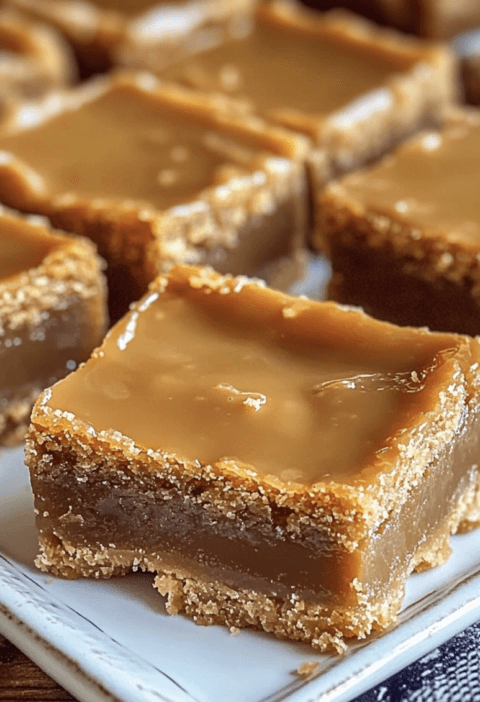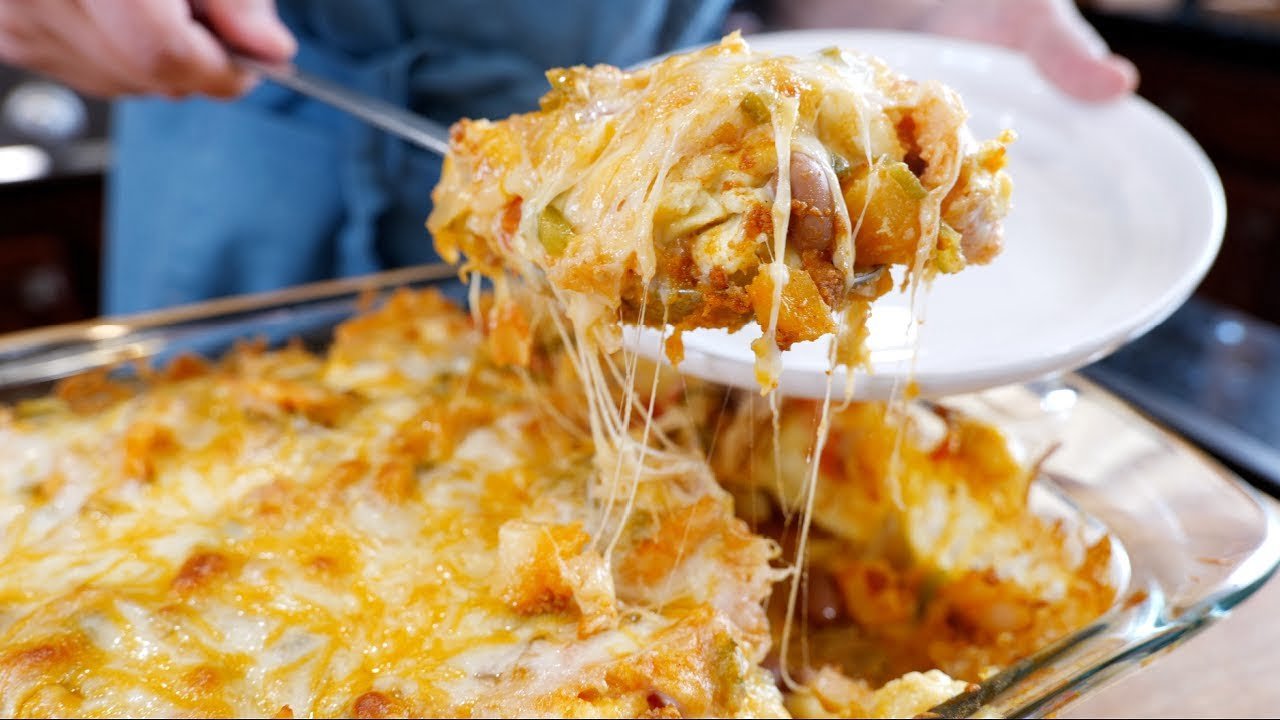Fermented cabbage is a tangy, crunchy, and nutrient-packed addition to any meal. This simple recipe requires just a few ingredients and some patience, as the fermentation process takes a few days. Here’s how to make it:
Ingredients:
- 1/2 large cabbage
- 3 red bell peppers (seeds removed)
- 2 medium carrots
- 1 tablespoon rock salt
- 1 tablespoon chopped garlic
- 100 milliliters water
- 2 tablespoons apple vinegar
- 1 slice of lemon
Instructions:
1. Prepare Vegetables:
- Chop the Cabbage: Start by chopping the half cabbage into thin strips. Use a sharp knife to ensure even slices, which will help the fermentation process.
- Slice the Bell Peppers: Remove the seeds from the red bell peppers and cut them into small pieces. The peppers will add a sweet and tangy flavor to the mix.
- Grate the Carrots: Using the large holes on a grater, grate the two medium carrots. Grated carrots add a nice texture and slight sweetness to the fermented cabbage.
2. Mix Ingredients:
- Combine Vegetables: In a large bowl, combine the cabbage strips, red pepper pieces, and grated carrots. Mix them well to ensure an even distribution of vegetables.
- Add Garlic and Salt: Sprinkle one tablespoon of rock salt and one tablespoon of finely chopped garlic over the vegetable mix. The salt is crucial for the fermentation process, drawing out the water from the vegetables and creating the brine.
3. Pack into Jars:
- Prepare Jars: Divide the vegetable mixture evenly among three clean, sterilized jars. Pack the mixture tightly into the jars, pressing down to remove any air pockets. This step is important to ensure that the vegetables are submerged in their own juices, which will aid in fermentation.
4. Prepare the Brine:
- Mix Water and Vinegar: In a small bowl, combine 100 milliliters of water with 2 tablespoons of apple vinegar. The vinegar helps to create an acidic environment that is ideal for fermentation.
- Add Lemon Slice: Add a slice of lemon to each jar. The lemon not only adds flavor but also helps to preserve the color and crispness of the vegetables.
5. Fermentation Process:
- Pour Brine: Pour the vinegar and water mixture over the vegetables in the jars, ensuring that they are fully submerged. If needed, you can use a clean weight or a small glass jar to keep the vegetables submerged.
- Seal and Store: Close the jars with their lids. Store the jars in a cool, dark place at room temperature. The ideal temperature for fermentation is between 65°F and 72°F (18°C to 22°C). Let the jars sit for at least three days to allow the fermentation process to take place.
6. Monitor and Taste:
- Check Daily: During the fermentation period, check the jars daily to ensure that the vegetables remain submerged in the brine. If any vegetables are exposed, press them down with a clean utensil.
- Taste Test: After three days, taste a small amount of the fermented cabbage. If it has reached your desired level of tanginess and flavor, you can move the jars to the refrigerator to slow down the fermentation process. If you prefer a stronger flavor, allow the jars to ferment for a few more days, tasting daily until you achieve the perfect taste.
7. Serve and Enjoy:
- Refrigerate: Once the fermented cabbage has reached your desired flavor, refrigerate the jars. The cooler temperature will slow the fermentation process and preserve the cabbage for several weeks.
- Serve: Enjoy your homemade fermented cabbage as a side dish, a topping for sandwiches and salads, or as a flavorful addition to various recipes. It’s a versatile and healthy ingredient that adds a delicious tangy flavor to any meal.
Tips for Perfect Fermentation:
- Use Fresh Ingredients: Fresh, high-quality vegetables will yield the best results. Ensure that your vegetables are clean and free of any bruises or blemishes.
- Maintain Submersion: Keeping the vegetables submerged in the brine is crucial for proper fermentation. Use a weight if necessary to keep them below the liquid.
- Adjust Seasonings: Feel free to adjust the amount of garlic, salt, and vinegar to suit your taste preferences. You can also add other spices and herbs, such as dill or caraway seeds, for additional flavor.
Frequently Asked Questions:
1. Can I use different vegetables?
- Yes, you can customize this recipe by adding other vegetables such as radishes, cucumbers, or beets. Just ensure they are sliced thinly to promote even fermentation.
2. How long does the fermentation process take?
- The initial fermentation takes about three days, but you can let it go longer for a more intense flavor. Taste the cabbage daily after the third day until it reaches your desired flavor.
3. How do I know if the fermentation is successful?
- The cabbage should have a tangy, slightly sour taste and a pleasant aroma. If it smells off or develops mold, discard the batch and start over.
4. How should I store the fermented cabbage?
- Once the cabbage has fermented to your liking, store it in the refrigerator. It can last for several weeks, and the cold temperature will slow down the fermentation process.
5. Can I reuse the brine?
- While it’s possible to reuse the brine for another batch, it’s generally better to make a fresh batch to ensure optimal flavor and safety.
This fermented cabbage recipe is a fantastic way to enjoy the health benefits and delicious taste of homemade fermented foods. It’s easy to make, requires minimal ingredients, and can be customized to suit your taste.
Try making this fermented cabbage at home and share your experience! If you enjoy discovering and sharing amazing recipes, leave a comment saying “I love fermented foods” and share this recipe with your friends and family. Happy fermenting!
Enjoy preparing and savoring this delightful and healthy addition to your meals. Your taste buds will thank you!






